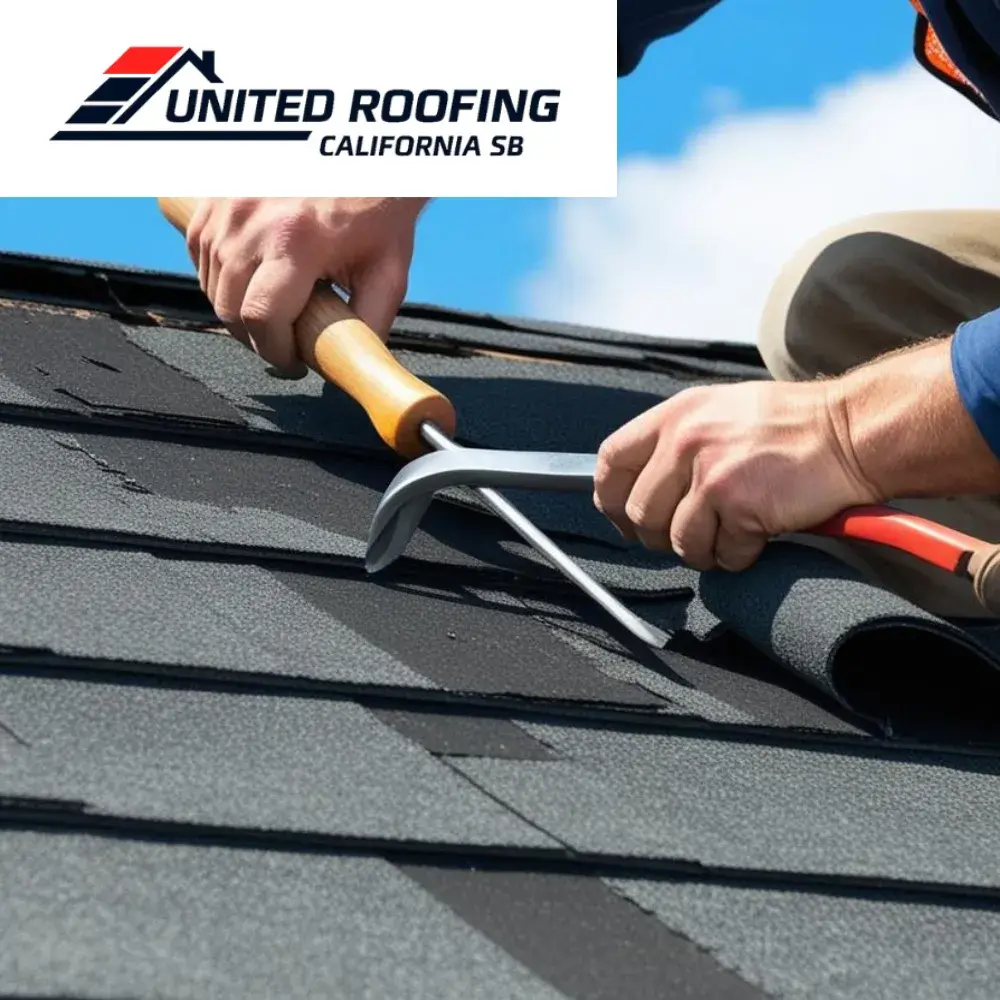Emergency roof issues don’t always wait for the professionals to arrive. Whether it’s a sudden leak after a storm or debris damage, some homeowners feel the need to take immediate action. While temporary fixes can help prevent further interior damage, safety must always remain the top priority. DIY roofing repair in emergency situations requires thoughtful preparation, proper equipment, and an understanding of the risks involved to avoid turning a minor repair into a serious accident.
Evaluate the Situation Before Climbing
Before grabbing a ladder or tarp, take time to assess the extent of the damage from the ground. Visible signs like displaced shingles, pooling water, or broken tree limbs can indicate the severity of the issue. If the roof looks structurally unstable, it’s best to leave the job to professionals. A safe evaluation helps determine if a temporary fix is feasible or if calling a roofing repair expert is the smarter option.
Use Proper Personal Protective Equipment
DIY roofing work, especially during an emergency, should never be attempted without the right safety gear. Wear slip-resistant shoes, gloves, and a hard hat if there’s a chance of falling debris. A safety harness, properly secured to a stable anchor point, is vital for added protection. Ladders should be firmly positioned and inspected for stability. Remember, the goal of emergency roofing repair is to stabilize the issue until a professional can make a permanent fix—never to take unnecessary risks.
Work During Safe Conditions
Weather is often the cause of roofing emergencies, but it’s also one of the most dangerous factors when attempting a repair. Never climb onto a roof during heavy rain, strong winds, or icy conditions. Wait for a clear, dry window before attempting any work. Slippery surfaces and low visibility drastically increase the chances of an accident. Emergency repairs should only be made when conditions are stable enough to reduce hazards.
Know Your Limits and When to Call a Professional
While patching a leak or placing a tarp might seem manageable, it’s essential to know when a problem is beyond your capabilities. If you notice signs like sagging rooflines, interior water stains, or rapid leak escalation, professional help is needed immediately. A licensed roofing contractor has the training and equipment to safely assess and repair even the most challenging situations. Knowing your limits not only protects your safety but also ensures your home receives the care it truly needs.
Learn More
Protecting Your Family: Safety Guidelines During Roofing Repair Emergencies
Roofing Repair Safety Basics: Keeping Yourself Safe in Emergencies

